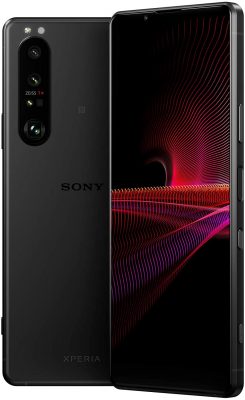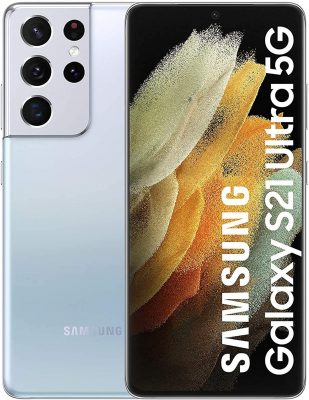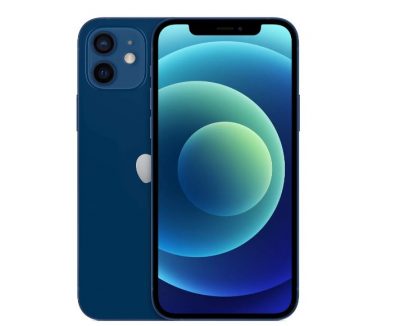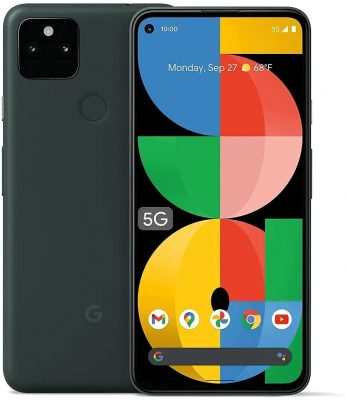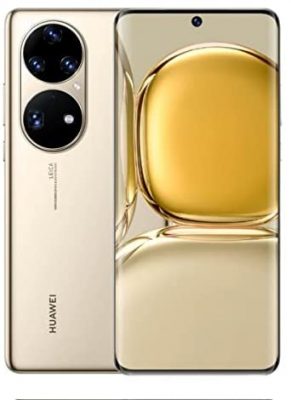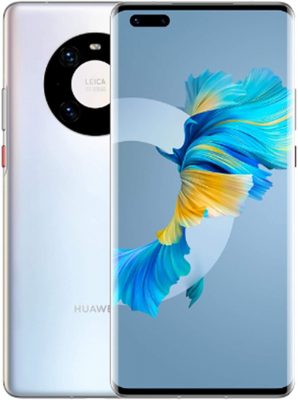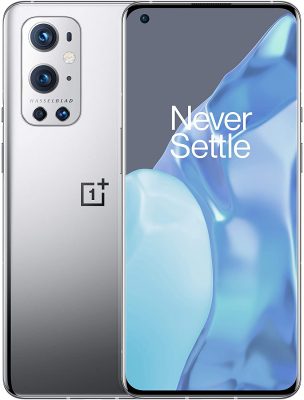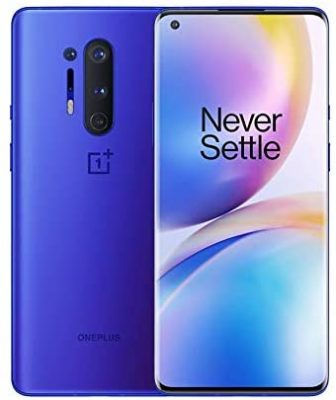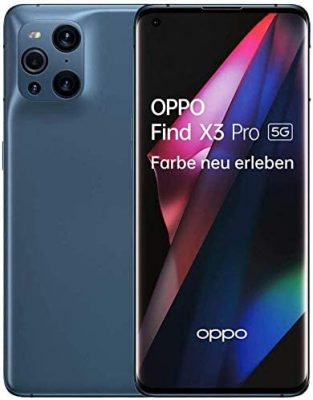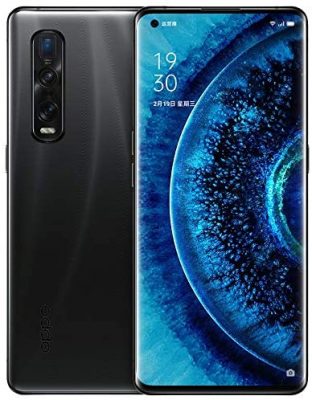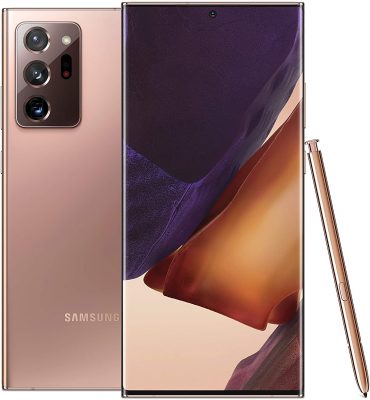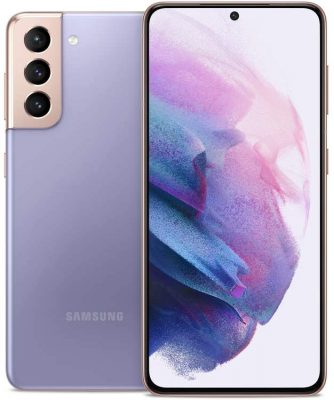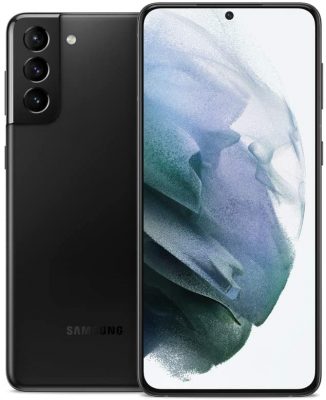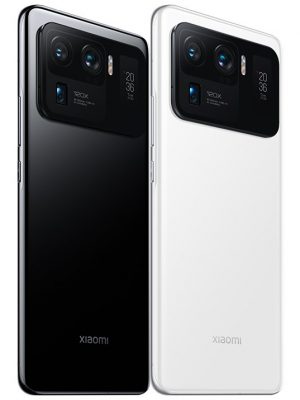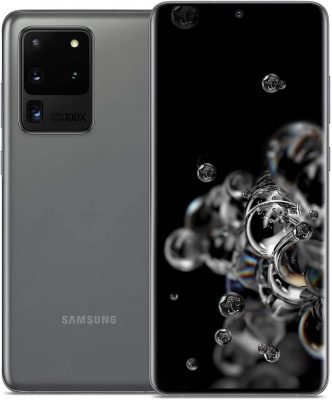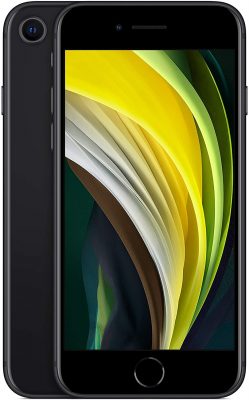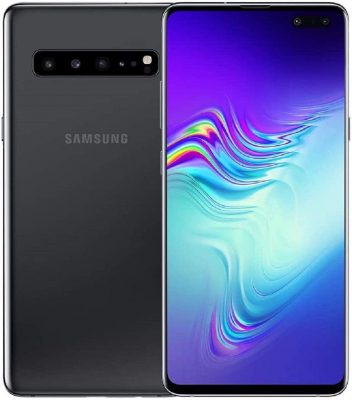Outfitted with the capability to capture aesthetic graphics and photos, today’s camera phones are a great alternative for DSLRs. In this article, we’ve found you 20 of the best camera phones on the market today. With our guide on hand, you’ll be able to decide on the perfect camera phone at your suited budget without any fuss.
20 Best Camera Phones
- Apple iPhone 13 Pro Max
- Apple iPhone 13 Pro
- Google Pixel 6 Pro
- Sony Xperia 1 III
- Samsung Galaxy S21 Ultra
- Apple iPhone 12
- Google Pixel 5a
- Huawei P50 Pro
- Huawei Mate 40 Pro
- OnePlus 9 Pro
- OnePlus 8 Pro
- Oppo Find X3 Pro
- Oppo Find X2 Pro
- Samsung Galaxy Note 20 Ultra
- Samsung Galaxy S21 5G
- Samsung Galaxy S21 Plus
- Xiaomi Mi 11 Ultra
- Samsung Galaxy S20 Ultra 5G
- Apple iPhone SE (2020)
- Samsung Galaxy S10 5G
Pros
- Battery life
- Large, bright screen
- Amazing camera setup
Cons
- Price
- Bulkier and heavier
If you want the best of what Apple can offer, then the iPhone 13 Pro Max is the right choice. That’s because it combines all the best features from its siblings and goes on to crank things up a notch higher. It is a sensor size for its wide and ultrawide lenses, making it a great camera phone for macro photography.
Apart from its triple-camera setup and superb videography capabilities, the iPhone 12 Pro Max is also a quality phone in other aspects. Note that this phone is larger in size and will set you back by quite a bit of money.
Pros
- Quad-camera setup
- ProRAW file format
- LiDAR scanner
- 5G
Cons
- Low battery capacity for a pro-level device
The iPhone 13 Pro is a step up from the baseline iPhone 13, and it certainly shows. Not only does it jump to a quad-camera setup with a dedicated telephoto lens, but it also has a LiDAR scanner.
The front-facing true-depth camera also doesn’t compromise quality, bearing the same 12 MP as the rear lenses. Like its bigger brother, iPhone 13 Pro also lets you capture photos in the Apple ProRAW file format for professional photography and photo editing.
Because it shares the same camera system as the Pro Max, the iPhone 13 Pro is our best pick for camera phones in 2022. We can only wish that it has a better battery, but it’s still better than its competitors in many ways.
| Rear Camera | 50 MP wide, 48, telephoto, 12 MP ultra-wide |
| Front Camera | 11 MP Auto-HDR |
| Video Capture | 4K@30/60fps (rear) |
| Battery Capacity | Li-Ion 5003 mAh |
| Storage | 128 GB / 256 GB/ 512 GB non-expandable |
Pros
- Beautiful design
- Excellent camera system
- Use of Tensor chip
- Cheaper than other flagship phones
Cons
- Intense HDR+
- Fast charging not satisfactory
Google went all out for Google Pixel 6 Pro to claim its rightful spot as one of the best camera phones in the market. The previous Google flagship phone was underwhelming in overall performance, but Google finally got it right with the Pixel 6 Pro.
Google Pixel 6 Pro carries the updates on cameras we needed to see. Its 50-MP main camera sensor is extremely capable and can let in enough light to produce deep colors on photographs. Its HDR+ is also more aggressive. Although they have the tendency to appear overprocessed, Pixel 6 Pro photos are often pleasing to look at.
We can say that Google using the new Tensor chip for its most expensive phone is a success. The Pixel 6 Pro is a proper flagship that is significantly cheaper than its competitors.
Pros
- Great camera and video features
- Loaded with premium specs
Cons
- More for content creators
- Underwhelming battery and charging capacity
If you’re a pro photographer or videographer, then you’d certainly want a smartphone to match. Lucky for you, the Sony Xperia 1 III does just that and meets even professional standards. That’s because it’s able to manually adjust video settings without only relying on software.
The Sony Xperia 1 III has almost the same camera setup as the previous Xperia 1 phone. However, it has now a 3x/4.4x optical zoom capability, maintaining clean shots of subjects at whatever distance.
Moreover, it has the power, display, and performance to match, so you’ll never encounter any roadblocks while shooting.
Also read: Best Sony Xperia Phones to Check Out
| Rear Camera | 108 MP wide, 12 MP ultrawide, 10 MP telephoto (3x), 10 MP telephoto (10x) |
| Front Camera | 40 MP |
| Video Capture | 8K@24fps rear |
| Battery Capacity | 5000 mAh |
| Storage | 128/256/512 GB |
Pros
- Dual telephoto lens
- S Pen support
Cons
- No charger
- MicroSD card slot missing
Samsung’s best-of-the-best smartphone comes in the form of the Galaxy S21 Ultra. It’s the elder sibling of the S21/S21+ and boasts phenomenal hardware compared with the previous two. For starters, the Ultra comes with larger rear sensors for higher-resolution images. It also sports a dual-telephoto lens setup for better image quality at different zoom ranges.
These lenses aren’t like the previous 100x that felt more like gimmicks than usable features. In fact, the 10x zoom can truly impress a camera enthusiast with its amazing quality. Above all, it features some of the best software features Samsung has to offer with photo and video capture. These include Simple Take, Director’s View, and more.
| Rear Camera | 12 MP wide, 12 MP ultrawide |
| Front Camera | 12 MP |
| Video Capture | 4K HDR, Dolby Vision @30fps |
| Battery Capacity | 8h 23m (5G), 10h 25m (LTE) |
| Storage | 64/128/256 GB / non-expandable |
Pros
- Excellent dual-camera image quality
- Top-of-the-line performance
- 5G coverage
Cons
- 64 GB base storage not enough
- No telephoto
- No LiDAR scanner
It’s no secret that Apple produces some of the best camera phones in the industry. One of the recent iterations of Apple’s smartphone, the iPhone 12, is undoubtedly among the best in smartphone camera technology. This phone features a sharp wide and ultra-wide lens, an impressive 5x digital zoom, and top-of-the-line video capture.
While the iPhone 12 doesn’t have a dedicated telephoto lens, it more than makes up for this deficiency with its other features, such as night mode and pro-level videography.
| Rear Camera | 12.2 MP wide, 16 MP ultrawide |
| Front Camera | 8 MP Auto-HDR |
| Video Capture | 4K@30fps, 1080p@30fps (front cam) |
| Battery Capacity | Li-Po 4680 mAh |
| Storage | 128 GB non-expandable |
Pros
- Best-in-class software photography
- 1
28 GB baseline storage
- Affordable
Cons
- Sub-par battery life
- Limited market availability
While it’s not Google’s latest smartphone, the Google Pixel 5a is still one of the best camera phones available. That is, in large part, thanks to Google’s signature software photography that makes it stand out despite its lower specs.
The phone’s rear camera provides sharp, crisp images even in darker settings. Furthermore, its super-res zoom and live HDR+ are also welcome additions. Its interesting price point makes Google Pixel 5a an enticing camera phone. However, it’s a shame that it’s not available outside the US and Japan.
Pros
- Dependable battery and 66W fast charging
- Next-generation camera technology
Cons
- Limited software
- Bulky camera bump
It’s rare for the best camera phones to provide high-end quality with a sub-$1000 price tag. However, the Huawei P50 Pro achieves just that with its whopping 50 MP main camera. It also has a quad rear camera setup with a high-res selfie cam.
These features alone are enough to make it stand out as a camera phone. However, the P50 Pro goes even further by providing great quality even while moving and in low light.
| Rear Camera | 50 MP wide, 20 MP ultra-wide, 12 MP telephoto |
| Front Camera | 13 MP |
| Video Capture | 4K@60fps, HDR |
| Battery Capacity | 4,400 mAh |
| Storage | 128GB/ 256GB/512 GB |
Pros
- Excellent low-light photography
- 5x optical zoom
Cons
- No Google services
- Warm during gaming
The Huawei Mate 40 Pro offers top-of-the-line specs, hardware-wise. It’s one of the few high-end models that support a whopping 50 MP on its main camera. Moreover, it also provides a high-resolution 20 MP ultra-wide and a moderate 12 MP telephoto lens.
Apart from its sheer hardware power, the Mate 40 Pro also has a lot of advantageous software features. For example, it provides optical image stabilization and 5x optical zoom for all your photography and videography needs. Perhaps the only downside is that it has no Google services because of the dispute between Huawei and the US.
Also Read: 10 Google Play Store Alternatives for Huawei Phones
| Rear Camera | 48 MP wide, 8 MP telephoto, 50 MP ultra-wide, 2 MP depth sensor |
| Front Camera | 16 MP |
| Video Capture | 8K@30fps |
| Battery Capacity | 4,500 mAh |
| Storage | 128/256 GB |
Pros
- Best-in-class optical zoom
- Clean software and great UI performance
- Fast charging
Cons
- Telephoto a little lacking
- Expensive
The OnePlus 9 Pro boasts all the high-end specs you’d expect of premium smartphones. Its cameras feature top-tier resolution and best-in-class optical zoom—better than some other high-end camera phones. In addition, it also features 8K video recording and delivers excellent performance overall.
Also read: Best OnePlus Phones
| Rear Camera | 48 MP wide, 8 MP telephoto, 48 MP ultra-wide |
| Front Camera | 16 MP |
| Video Capture | 8K@30fps |
| Battery Capacity | 5,000 mAh |
| Storage | 128/256 GB / expandable |
Pros
- Smooth display quality
- Fast performance
- All-rounder camera
Cons
- Night mode not as good compared to alternatives
- No expandable memory
While it might not be OnePlus’s latest, the OnePlus 8 Pro still has a lot to offer. Even by today’s standards, it’s a beast of a smartphone with a 120Hz display and a 5,000mAh battery. You can expect this phone to perform beautifully and output buttery-smooth visuals.
The OnePlus 8 Pro’s camera setup is also nothing to scoff at, as it boasts high-resolution triple-rear sensors and a high-quality selfie camera. Furthermore, this phone can shoot videos up to 8K, which we can’t say for the other leading camera phones.
| Rear Camera | 50 MP wide, 13 MP telephoto, 50 MP ultra-wide, 3 MP microscope |
| Front Camera | 32 MP |
| Video Capture | 4K@60fps |
| Battery Capacity | 4,500 mAh |
| Storage | 256 GB/ 512 GB |
Pros
- Large sensors
- Microscope module
- Marvelous screen and design
Cons
- Sub-par selfie camera
- Battery life
One of the best camera phones comes from Oppo in its Find X3 Pro model. It’s a high-end phone that provides excellent camera quality, with large sensors that perform well under various lighting conditions. The phone’s most compelling camera feature is probably the “microscope” setting that allows you to see the smallest details.
The Find X3 Pro sports a unique design, blending the iPhone 12’s square camera bump and Samsung’s 1-metal frame. It also delivers top-of-the-line performance with a beautiful display. The phone does have its shortcomings, such as poor battery life and a sub-par selfie camera.
| Rear Camera | 48 MP wide, 13 MP periscope telephoto, 48 MP ultrawide |
| Front Camera | 32 MP |
| Video Capture | 4K@30/60fps rear |
| Battery Capacity | 4,260 mAh |
| Storage | 512 GB / non-expandable |
Pros
- Large baseline storage
- Dependable battery and charging capacity
- Competent mobile camera set up
Cons
- No wireless charging
- Pricey
The Oppo Find X2 Pro’s camera serves up detailed images with amazing depth. Its image quality is also top-tier, providing natural-looking photos without compromising realism and sharpness. Although it can’t compete with the Pixel Pro or the Galaxy Ultra, it can deliver hyper-realistic image and video quality that is hard to beat.
It also boasts the fastest charging speeds and over 2oo GB of storage on the base model. Both of these things are the factors you should consider if you are looking for a dependable camera phone that can keep up with your needs.
| Rear Camera | 108 MP wide, 12 MP ultrawide, 12 MP telephoto |
| Front Camera | 10 MP |
| Video Capture | 8K@24fps rear |
| Battery Capacity | 4,500 mAh |
| Storage | 128/256/512 GB |
Pros
- S Pen support
- Top-level display
- Good battery life
- High-end camera system
Cons
- Expensive
- Slow charging
The Note 20 Ultra boasts an impressive 5x optical zoom and even a 50x digital zoom—great for concerts in general admission seats. It even has a 100x digital zoom, but it does feel unnecessary and unusable most of the time.
The main cameras on the Note 20 Ultra deliver a stellar performance that is on par with high-end smartphones. The phone can also record videos in 8K, making it perfect for future-proofing your camera quality.
| Rear Camera | 12 MP, 64 MP, 12 MP |
| Front Camera | 10 MP |
| Video Capture | 8K@24fps |
| Battery Capacity | 4,000 mAh |
| Storage | 128/256 GB |
Pros
- Slow-mo capture option
- Cheaper than S20 at launch
- Adaptive refresh rate
Cons
- No expandable storage
- Lower-resolution screen
The Samsung Galaxy S21 is one of the best camera phones despite its slightly lower-resolution camera system. While the S21 does sport the same sensors as the previous S20, it comes with improved software features. For example, the S21 has a new Single Take mode that optimizes photo capture using all three lenses.
Moreover, the S21 also has a new slow-mo capture option, which the previous generation didn’t include. There’s a slew of new features here that make the S21 stand out from the previous generation. Above all, the camera quality in both photo and video capture doesn’t disappoint.
| Rear Camera | 12 MP, 64 MP, 12 MP |
| Front Camera | 10 MP |
| Video Capture | 8K@24fps |
| Battery Capacity | 4,800 mAh |
| Storage | 128/256 GB |
Pros
- Great rear camera setup and camera modes
- Better selfie camera
- Good battery life
- Bright AMOLED display
Cons
- No microSD
- Absence of headphone jack
The Samsung Galaxy S21 Plus is essentially the same as the S21. Hence, you can expect similar performance and image/video quality as the baseline S21.
The only real differences are the larger size, screen, and battery. If you have bigger hands, the S21 Plus is a great choice over the S21. However, it will cost a bit more.
| Rear Camera | 50 MP wide, 48 MP telephoto, 48 MP ultrawide |
| Front Camera | 20 MP |
| Video Capture | 8K@24fps |
| Battery Capacity | 5,000 mAh |
| Storage | 256/512 GB |
Pros
- Great hardware
- Industry-leading photo and video quality
- Selfies with rear cameras
Cons
- Underexposed images
- Bulky
The Xiaomi Mi 11 Ultra combines everything you want in a solid camera phone: amazing sensors, top-of-the-line video capture capability, and a large battery to match. Overall, the Mi 11 Ultra performs well across different lighting situations, although it tends to underexpose images sometimes. Nonetheless, it’s a great camera overall with stunning quality and great smartphone features.
Also read: Best Xiaomi Phones
| Rear Camera | 108 MP wide, 12 MP ultrawide, 48 MP telephoto |
| Front Camera | 40 MP |
| Video Capture | 8K@24fps |
| Battery Capacity | 5,000 mAh |
| Storage | 128/256/512 GB |
Pros
- Large sensors
- Superior periscope telephoto
- Large, bright display
- Admirable fast charging
Cons
- Battery life
- Gimmicky 100x zoom
While it was first released in 2020, Samsung’s Galaxy S20 Ultra is still a solid camera phone with its litany of stand-out features. It provides high-resolution sensors in its triple-rear setup. Particularly, we love its periscope telephoto with versatile zoom options, although its 100x zoom is over-marketing.
In terms of display and resolution, the Galaxy S20 Ultra carries what the series is known for, a bright and beautiful display. It has an AMOLED screen with a 120Hz refresh rate, a standard for flagship phones. However, for a power-hungry display, we would love to see a better battery.
| Rear Camera | 12 MP |
| Front Camera | 7 MP |
| Video Capture | 4K@60fps |
| Battery Capacity | 13h (web browsing) / approx. 1,821mAh |
| Storage | 64/256 GB / non-expandable |
Pros
- Budget iPhone
- Excellent 4K video
Cons
- Single-lens
- Older camera
- No zoom
While Apple is well-known for its expensive high-end phones, it recently entered the mid-tier market with the iPhone SE (2020). It has everything that is recognizably iOS, albeit with an outdated design and form factor. However, it still packs a punch in terms of overall quality.
Sure, it only provides one rear lens and a lower-end 7-MP selfie camera. However, it still has Apple’s signature software photography using the powerful A13 Bionic chip. It also supports 4K videography, which is respectable for a phone of this caliber.
| Rear Camera | 12 MP wide, 16 MP ultrawide, 12 MP telephoto |
| Front Camera | 10 MP |
| Video Capture | 4K@60fps |
| Battery Capacity | 4,500 mAh |
| Storage | 256/512 GB |
Pros
- Great rear camera both for photos and videos
- Possibly the best display
- Regular, compact design
Cons
- Exynos version heating up
- Sub-par battery life (Exynos version)
- Not for low light selfies
While it may not be the latest in Samsung’s lineup, the Galaxy S10 is still one of the best camera phones. It has amazing triple-rear cameras that perform exceptionally well despite the lower resolution compared to rival phones.
You don’t even need larger sensors with the way the S10 produces images. Moreover, it provides future-proof features with 4K video capture and 5G connectivity.
Take Photos Worth Sharing With the Best Camera Phones in 2022
With so many options available on the market today, it’s not difficult for you to find the best camera phone for your needs. You no longer have to turn solely to Apple or Google to find great picture quality. Every other brand is jumping onto the trend by beefing up its cameras to get an edge over the competition. All that’s left is to choose which is right for you in terms of photo/video quality and overall performance.



